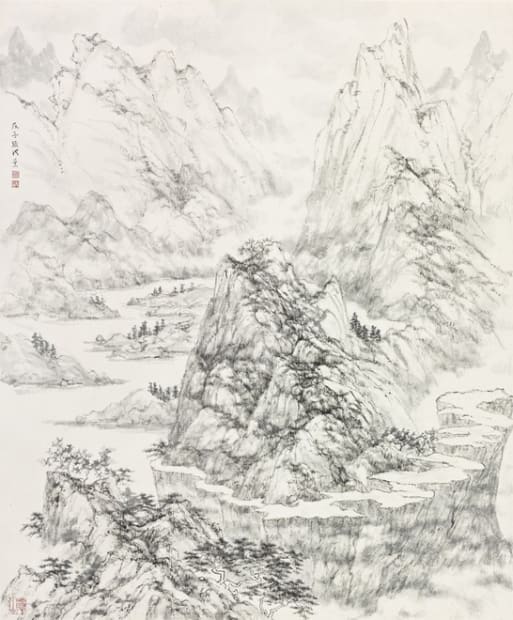-

-
Arnold Zhang
-

-
Mansheng Wang
-

-
Tang Ke
-

-
For press inquiries, please contact:
Fu Qiumeng Fine Art, +1 212 421 3292 or info@fuqiumeng.com
For sales inquiries, please contact:
Fu Qiumeng Fine Art, +1 212 421 3292 or info@fuqiumeng.com
Follow Fu Qiumeng Fine Art on Instagram (@qmfineart), wechat (秋萌画廊), and weibo (@秋萌画廊)
Arnold Chang, Tang Ke and Wang Mansheng, 18 - 25 March 2017
Join our mailing list
* denotes required fields
We will process the personal data you have supplied to communicate with you in accordance with our Privacy Policy. You can unsubscribe or change your preferences at any time by clicking the link in our emails.





